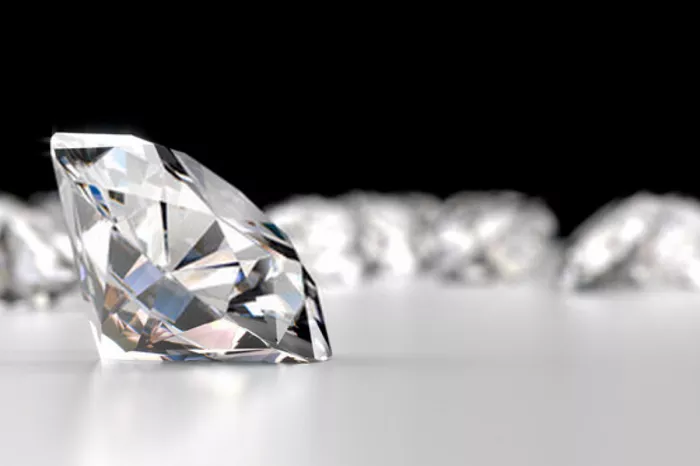Lucara Diamond Corp., the company behind the discovery of the world’s second-largest diamond, is considering leaving the 2,492-carat stone in its rough form to maximize its value. William Lamb, CEO of Lucara, discussed the potential strategy on an upcoming episode of the Rapaport Diamond Podcast, emphasizing the importance of the stone’s significance to Botswana.
Lamb noted that determining the best way to market the diamond is crucial. “It doesn’t necessarily mean that a stone of this size should be cut,” he stated. The diamond, discovered on August 19 at Lucara’s Karowe mine in Botswana, is classified as a “legacy stone,” a term for diamonds valued at $10 million or more.
These legacy stones are exempt from Lucara’s long-term supply agreement with Belgian manufacturer HB Antwerp, which normally entitles HB to purchase all diamonds from Lucara that are 10.8 carats or larger. However, Lucara can request the Botswana government to classify such a diamond as a legacy stone, allowing the company to explore alternative selling options.
Lamb explained that while HB Antwerp is a key partner, Lucara is not limited to working with them alone. “There’s a long way to go to understand what the ultimate solution for the stone is going to be,” Lamb said. “We’ll engage the government, HB, and others to see what the market generally feels.”
This diamond is Lucara’s largest discovery to date, surpassing the 1,109-carat Lesedi La Rona, which the company recovered in 2016. Lucara initially attempted to auction the Lesedi La Rona in its rough form at Sotheby’s, but it failed to sell, causing some tension within the diamond industry. The stone was eventually sold to Graff for $53 million in 2017.
Reflecting on the Lesedi La Rona’s sale, Lamb believes that selling it uncut would have protected the value of Lucara’s polished stones. He argued that selling the diamond as polished might have flooded the market, but keeping it rough would have preserved its potential and exclusivity.
“In an unpolished form, it holds untold potential,” Lamb said. “You cannot unpolish it.”
Learning from past experiences, Lucara plans to be more strategic in deciding how to sell the newly discovered diamond. Lamb suggested that the diamond could potentially be acquired by a museum, a possibility also considered for the Lesedi La Rona.
“Museums with wealthy endowment funds may look to purchase these items of antiquity to put on display,” Lamb noted. However, he emphasized that nothing is decided yet, and any decision will involve close collaboration with the Botswana government.
Regarding the quality of the stone, Lamb admitted that it might not be as impressive as the 813-carat Constellation, which sold for a record $63.1 million in 2016. “The newer diamond does seem to have more of a color to it,” Lamb said, adding that the key will be finding the right buyer, possibly someone seeking the largest diamond in recent memory.
“This discovery is a great ‘good news’ story that brings the focus back to natural diamonds,” Lamb concluded. The final decision on the diamond’s fate will be made with careful consideration of all options and market conditions.


